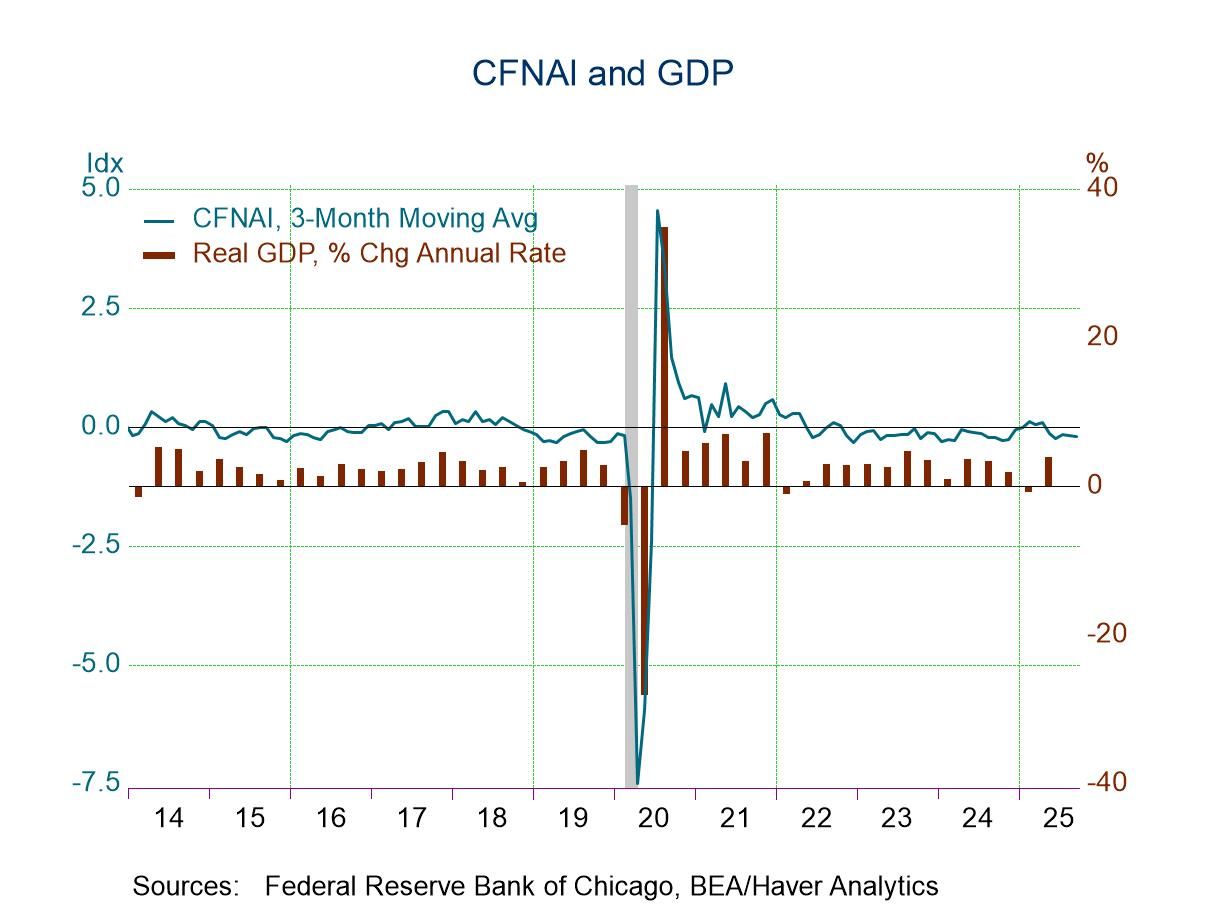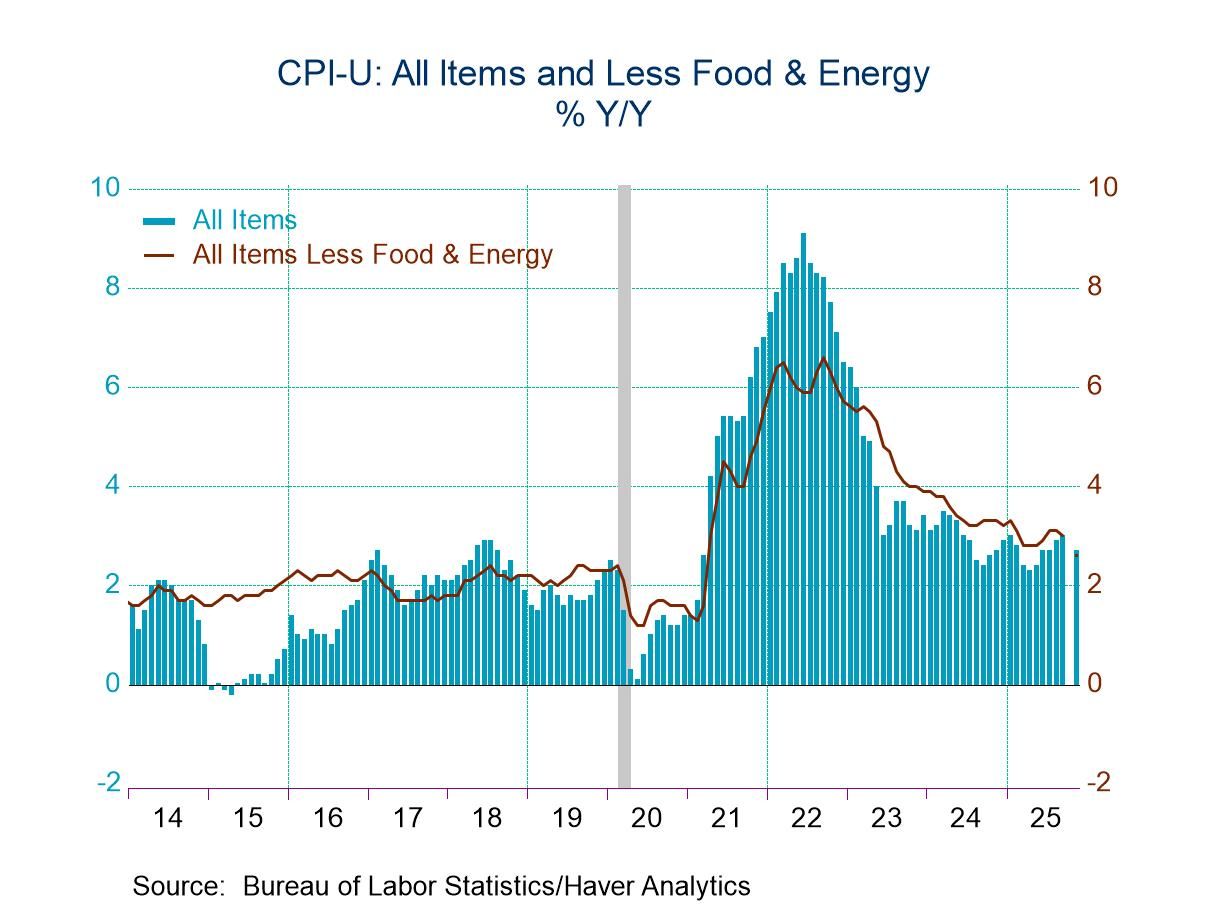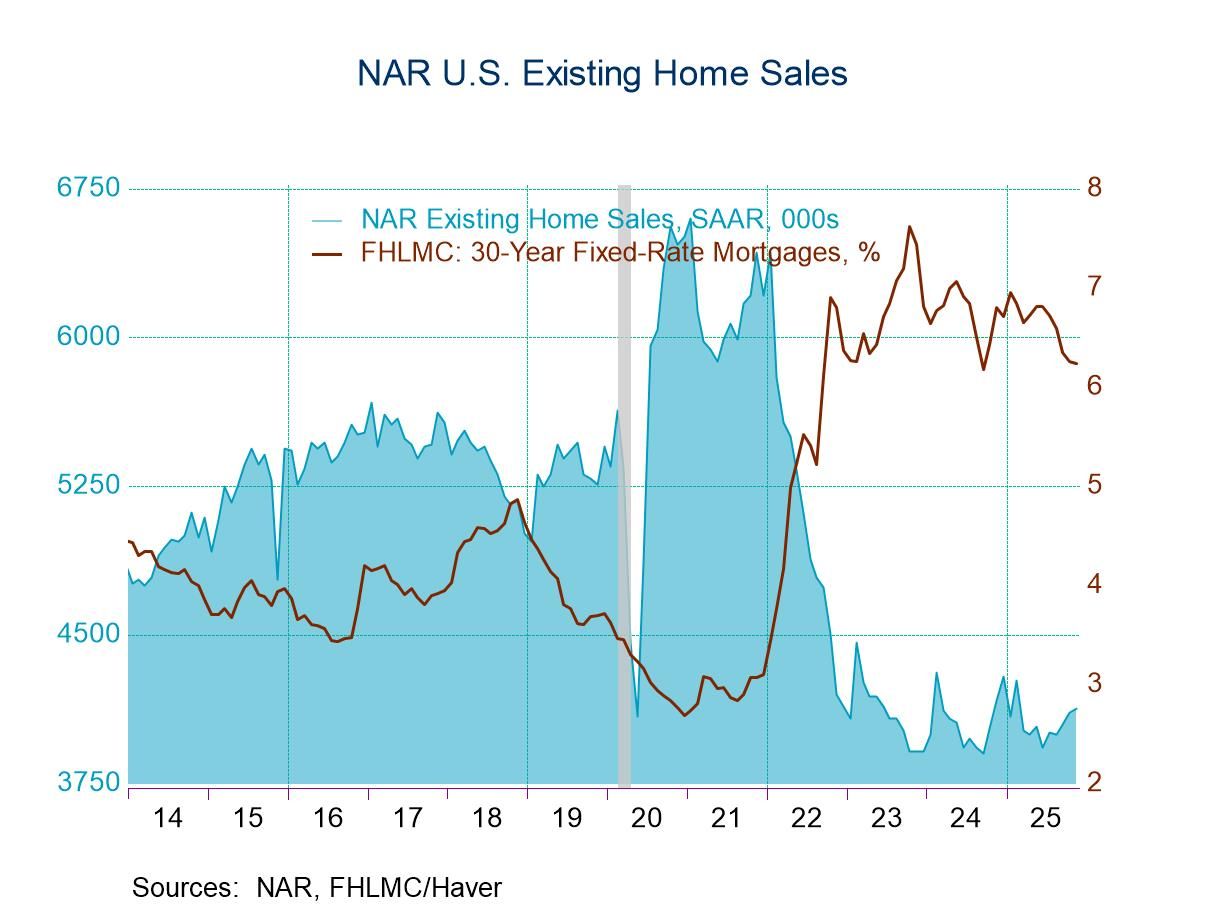 Global| Sep 01 2023
Global| Sep 01 2023Charts of the Week (Sep 1, 2023)
by:Andrew Cates
|in:Economy in Brief
Summary
A trend toward higher government bond yields that had been in vogue for much of August has reversed in recent days. This can be traced to a batch of weaker-than-expected economic data and suggestions that the US labour market, in particular, is re-balancing (chart 1). Notwithstanding some softening in the US, more of the dataflow from the euro area has been firmer-than-expected in recent weeks (see chart 2). Until recently those trends, however, have failed to impress FX investors (chart 3). One reason for this arguably concerns interest rate expectations and growing evidence, in particular, from the euro area to suggest that the ECB monetary policy is now very restrictive (chart 4). Still, with this week’s European inflation data offering little comfort for those with a dovish disposition (chart 5) a pivot toward easier monetary policy from the ECB is unlikely in the period immediately ahead. Finally, how China evolves from here will remain key for the global economic outlook which is why the messages from most of its high frequency data are equally unhelpful for those with a more bullish disposition towards its economy (chart 6).
US labour market re-balancing Even though the unemployment rate remains around a 50-year low, there have lately been signs of softening in the US labour market. This week’s JOLTs data, for example, showed that job openings declined much more than expected in July and are now on a clear downward trend (chart 1). This will clearly be good news for the Fed amidst lingering concerns about how tight the labour market has previously been.
Chart 1: The latest US JOLTs survey of job openings suggests the labour market is cooling

Disappointing economic data More of the incoming economic data from the US have disappointed expectations in recent weeks. This is evidenced in chart 2 showing a recent downturn in the Citigroup economic surprise index for the US. This contrasts with the dataflow from the euro area, however, which have surprised expectations on the upside a little more frequently in recent weeks. That nevertheless, follows a prolonged period - from February to July - when the incoming data had been surprising more negatively.
Chart 2: Negative growth surprises in the US contrast with more positive surprises in the euro area

The euro and yield differentials Understanding exactly what is driving foreign exchange rates is never straightforward but, until recently, real yield differentials have done a good job in explaining the gyrations of the euro over the past 12 months. This is evidenced in chart 3 below showing the 7 year real yield differential between the US and Germany plotted against the value of the euro. The chart additionally suggests, however, that the euro has been somewhat weaker versus the US dollar in recent weeks than this straightforward yield differential model would have predicted.
Chart 3: The euro versus US/Germany real yield differentials

Supply and demand in the euro area One reason why real yields in Germany have not climbed as sharply as in the US concerns the weakness of its economy. But economic conditions in the euro area as a whole are also now arguably more actively responding to the ECB’s tightening campaign. This week’s EC survey, for example, for August contained several data points that sympathise with that view. Alongside a generic weakening of confidence and demand, these included rising inventories, ebbing price expectations and less acute equipment and labour shortages in construction (chart 4).
Chart 4: Indicators of demand and supply pressures in the euro area

Still-sticky euro area inflation Whether that evidence will be sufficient for the ECB to now argue that its tightening campaign has been completed remains to be seen. This week’s flash CPI data revealed that headline inflation was stronger-than-expected in August, specifically coming in at 5.3% y/y. More encouragingly, core CPI inflation was in line with forecasts of 5.3% y/y (see chart 5), partly thanks to ebbing price pressures in the service sector.
Chart 5: Headline and core CPI inflation in the euro area

Conflicting (but mostly weaker) signals about China’s economy Finally there has been some mixed messaging from high frequency (daily) indicators of China’s economy. Subway passenger volumes, for example, have been strong, and are now even above pre-COVID levels. Other indicators, however, that comprise the Yicai high frequency activity index (YHEI) have been weaker (see chart 6). For the record, the YHEI has 8 sub-components, which include indicators of commercial housing sales, air pollution, coal consumption and traffic congestion as well as indices of business and consumer confidence. China’s consumers in other words are travelling on subways more frequently. But their spending activity does not appear to mirror that trend. And other areas of the economy – and most notably housing – clearly remain depressed.
Chart 6: Mixed messages from high frequency indicators of China’s economy

Andrew Cates
AuthorMore in Author Profile »Andy Cates joined Haver Analytics as a Senior Economist in 2020. Andy has more than 25 years of experience forecasting the global economic outlook and in assessing the implications for policy settings and financial markets. He has held various senior positions in London in a number of Investment Banks including as Head of Developed Markets Economics at Nomura and as Chief Eurozone Economist at RBS. These followed a spell of 21 years as Senior International Economist at UBS, 5 of which were spent in Singapore. Prior to his time in financial services Andy was a UK economist at HM Treasury in London holding positions in the domestic forecasting and macroeconomic modelling units. He has a BA in Economics from the University of York and an MSc in Economics and Econometrics from the University of Southampton.






